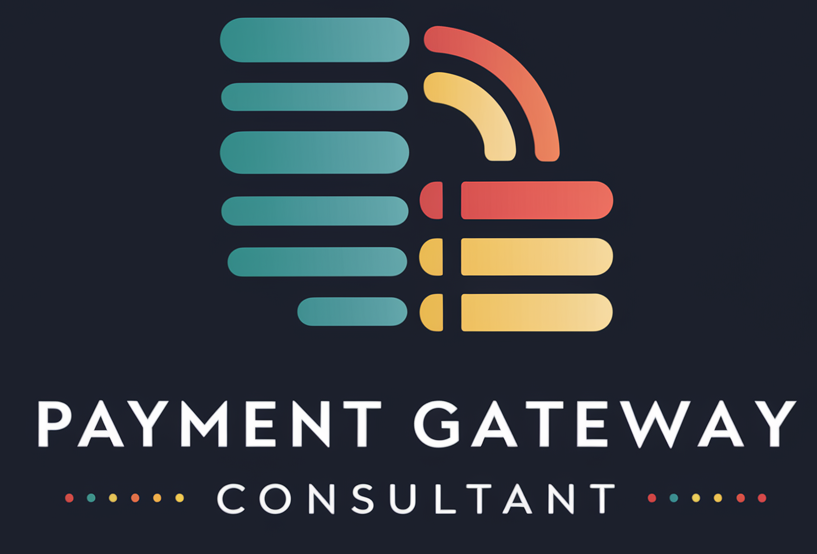What Does Revise Payment Mean?
In the world of online transactions, you may occasionally encounter the term “revise payment.” This phrase typically appears when there is an issue with processing your payment for a purchase. Revising a payment means updating or correcting the payment information to resolve the issue and complete the transaction successfully.
When a payment revision is required, it indicates that the current payment method or details are not working as intended. This could be due to various reasons, such as insufficient funds, expired card information, or bank restrictions. The payment revision process allows you to rectify these issues and proceed with your purchase.
Definition of Payment Revision
A payment revision refers to the act of modifying or updating the payment details associated with an online transaction. It involves correcting any erroneous information or providing alternative payment methods to ensure the successful processing of the payment. This process is triggered when the initial payment attempt fails due to certain issues or discrepancies.
The payment revision process is designed to give customers an opportunity to resolve payment-related problems without having to abandon their purchase altogether. By revising the payment, customers can update their billing information, choose a different payment method, or take other necessary steps to complete the transaction.
Common Scenarios Requiring Payment Revisions
There are several common scenarios that may prompt a payment revision:
- Insufficient funds in the linked bank account
- Expired or invalid credit/debit card information
- Incorrect billing address or ZIP code
- Bank restrictions or security measures blocking the transaction
- Technical issues with the payment gateway or processing system
When encountering a payment revision request, it is essential to review the provided information carefully and identify the specific reason for the failure. This will help you determine the appropriate steps to take in order to revise the payment successfully.
Common Causes of Payment Revisions
Bank Restrictions and Policies
One of the primary reasons for payment revisions is bank restrictions and policies. Banks have various security measures in place to protect their customers from fraudulent transactions. These measures may sometimes inadvertently block legitimate online payments, causing the need for a revision.
For example, some banks may have restrictions on international transactions or purchases from certain types of merchants. If your payment falls under these restricted categories, the bank may decline the transaction, and you will need to revise the payment or contact your bank to resolve the issue.
Expired or Invalid Payment Methods
Another common cause of payment revisions is expired or invalid payment methods. When using a credit or debit card for online purchases, it is crucial to ensure that the card information is up to date. If the card has expired or the information provided is incorrect, the payment will not be processed, and a revision will be necessary.
| Payment Issue | Revision Required |
|---|---|
| Expired credit card | Update card expiration date |
| Invalid card number | Correct card number |
| Incorrect CVV code | Provide accurate CVV code |
It is essential to keep your payment methods current and verify the information before initiating a transaction to avoid the need for payment revisions.
Incorrect Billing Information
Incorrect billing information is another frequent culprit behind payment revisions. When entering your billing details during the checkout process, even a slight error can prevent the payment from going through.
Common billing information mistakes include:
- Misspelled name or address
- Incorrect ZIP code
- Outdated phone number
- Wrong billing address format
Double-checking your billing information before submitting the payment can help minimize the chances of encountering a revision request. If a revision is still required due to incorrect billing details, carefully review and update the information to ensure accuracy.
How to Resolve Payment Revision Issues
Steps to Correct Payment Information
If you encounter a payment revision request, the first step is to identify the specific reason for the failure. Look for any error messages or notifications provided by the merchant or payment gateway. These messages often indicate what information needs to be corrected or updated.
Once you have identified the issue, follow these steps to revise your payment:
- Review and update the payment method information (e.g., card number, expiration date, CVV)
- Verify the billing address and ensure it matches the information on file with your bank
- Check for any typos or formatting errors in the provided details
- If using a new payment method, ensure it is activated and has sufficient funds
- Resubmit the revised payment information and complete the transaction
By carefully reviewing and correcting the payment details, you can successfully resolve most payment revision issues and proceed with your purchase.
Contacting Customer Service
In some cases, you may need additional assistance to resolve a payment revision issue. If you have attempted to revise the payment multiple times without success, or if you are unsure about the specific cause of the problem, contacting customer service can be helpful.
Most online merchants and payment processors provide customer support channels, such as email, live chat, or telephone assistance. Reach out to their customer service team and explain the payment revision issue you are facing. Provide them with any relevant details, such as the error message you received or the steps you have already taken to resolve the problem.
The customer service representative can guide you through the payment revision process, offer troubleshooting advice, or escalate the issue to the appropriate department for further investigation. They may also be able to provide alternative payment options or workarounds to help you complete your purchase successfully.
Alternative Payment Methods
If you consistently face payment revision issues with a particular payment method, it may be worth considering alternative options. Many online merchants accept a variety of payment methods beyond traditional credit and debit cards.
Some alternative payment methods include:
- PayPal or other digital wallets
- Bank transfers or direct debit
- Prepaid cards or gift cards
- Mobile payment apps (e.g., Apple Pay, Google Pay)
- Buy now, pay later services (e.g., Klarna, Afterpay)
Exploring alternative payment methods can provide more flexibility and reduce the chances of encountering payment revision issues. However, be sure to review the terms and conditions associated with each payment option to ensure they align with your preferences and financial situation.
Impact of Payment Revisions on Customer Experience
Customer Frustrations and Trust Issues
Payment revision issues can significantly impact the customer experience and lead to frustrations. When customers encounter problems with their payments, it can disrupt their online shopping journey and create unnecessary hassle.
Repeated payment failures or the need for multiple revisions can erode customer trust in the merchant and the payment process. Customers may question the security and reliability of the platform, leading to hesitation in making future purchases.
Effect on Customer Loyalty
The ease and smoothness of the payment process play a crucial role in customer satisfaction and loyalty. If customers consistently face payment revision issues or find the resolution process cumbersome, it can negatively impact their perception of the merchant.
Frustrating payment experiences can lead customers to seek alternatives or competitors that offer a more seamless and hassle-free checkout process. On the other hand, merchants who prioritize efficient payment processing and proactively assist customers in resolving revision issues can foster customer loyalty and encourage repeat business.
To minimize the impact of payment revisions on customer experience, merchants should:
- Provide clear error messages and guidance on how to revise payments
- Offer multiple payment options to cater to different customer preferences
- Invest in robust fraud detection and prevention measures to reduce false declines
- Ensure responsive and helpful customer support to assist with payment issues
- Continuously monitor and optimize the payment process to minimize friction
By prioritizing a smooth and customer-centric payment experience, merchants can mitigate the negative impact of payment revisions and build long-lasting relationships with their customers.
See also:
- What Does Payment Revision Mean? Understanding the Process and Solutions
- How to Change Payment Method on Netflix: A Step-by-Step Guide
- How to Update Payment on YouTube TV: Step-by-Step Guide
- How to Change Payment Method on Disney Plus: Step-by-Step Guide
- What Does Recurring Payment Mean? Definition, Benefits, and Examples






